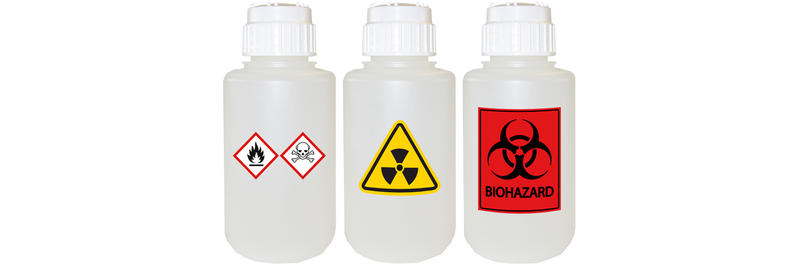All about Reclaim Waste
All about Reclaim Waste
Blog Article
Fascination About Reclaim Waste
Table of ContentsThe Best Guide To Reclaim WasteFacts About Reclaim Waste RevealedThe 5-Second Trick For Reclaim WasteThe 10-Second Trick For Reclaim WasteThe Best Guide To Reclaim Waste
Discover the types, events, and kinds of fluid waste. Residential sewer waste refers to the waste and products from a residential sewage-disposal tank. This kind of waste is developed by people in homes, colleges, and various other structures. This only includes septic systems that have a drain area. The appropriate management and disposal of residential sewage waste call for liquid waste to be moved to a sewer therapy plant where the appropriate methods and devices are put on detoxify and deal with waste.
Commercial waste usually includes prospective hazards, such as flammable materials or a mix of liquid and strong waste products, and needs an advanced and detailed disposal process. The disposal of business waste commonly involves the filtration of waste prior to transportation to make sure risk-free and appropriate disposal. Hazardous waste is developed from by-products and runoff of industrial procedures and manufacturing.
This kind of waste can not use the very same sewage monitoring transport or processes as septic or business liquids. The commercial waste management procedure requires the examination and testing of fluid waste prior to it undertakes the disposal process (industrial wastewater treatment). Drainage waste is the liquid waste that comes from runoff and excess stormwater in highly populated areas or cities
Runoff waste can cause contamination and flooding if not handled appropriately. Making sure proper waste monitoring can protect against calamities and reduce ecological injury.
Some Known Details About Reclaim Waste
Contact PROS Providers today to find out about our waste administration and disposal solutions and the appropriate ways to look after the fluid waste you generate.
(https://writeablog.net/reclaimwaste1/reclaiming-resources-a-comprehensive-guide-to-industrial-wastewater-treatment)Do you understand what occurs to your water when you draw the plug, flush the commode or drain the washing machine? No? Well, it deserves knowing. This supposed 'wastewater' is not only a vital source but, after therapy, will certainly be launched to our land, rivers or the ocean. Utilized water from commodes, showers, bathrooms, kitchen sinks, laundries and commercial procedures is called wastewater.

water used to cool down equipment or clean plant and devices). Stormwater, a form of wastewater, is overflow that flows from agricultural and urban locations such as roofings, parks, yards, roadways, courses and seamless gutters into stormwater drains, after rainfall. Stormwater moves neglected directly to local creeks or rivers, eventually reaching see post the sea.
The 8-Minute Rule for Reclaim Waste
In Queensland, a lot of wastewater is dealt with at sewer treatment plants. Wastewater is moved from domestic or industrial sites via a system of sewage systems and pump stations, understood as sewage reticulation, to a sewer treatment plant.
The Department of Natural Resources recommends neighborhood federal governments about handling, operating and keeping sewerage systems and treatment plants. In unsewered locations, city governments may need householders to mount private or family sewage therapy systems to treat domestic wastewater from bathrooms, kitchen areas, restrooms and washings. The Division of Natural Resources authorizes the use of home systems when they are confirmed to be efficient.
In some new subdivisions, treatment of some stormwater to eliminate trash, sand and crushed rock has begun utilizing gross contaminant traps. Wastewater treatment occurs in four stages: Removes strong matter.
Utilizes tiny living microorganisms recognizes as micro-organisms to damage down and remove remaining dissolved wastes and great particles. Micro-organisms and wastes are included in the sludge.
The smart Trick of Reclaim Waste That Nobody is Talking About
Nutrient elimination is not available at all sewer treatment plants due to the fact that it needs expensive specialized devices. It is ending up being extra common in Queensland. Clear liquid effluent created after therapy may still include disease-causing micro-organisms. If this effluent is released into rivers such as rivers or the sea, the micro-organisms will eventually die out.

Most wastewater streams right into the sewage system. Under the Act, regional federal governments administer authorizations and licences for eco relevant tasks (Ages) involving wastewater launches that could have a local effect.
Reclaim Waste - An Overview
Otherwise, examples are taken for laboratory analysis. Frequently lots of examinations are needed to develop the levels of each of the various pollutants such as oils, hefty metals and chemicals in water. Tracking supplies accurate info regarding water high quality and can verify that licence conditions are being satisfied. The information obtained via surveillance gives the basis for making water quality choices.
Report this page